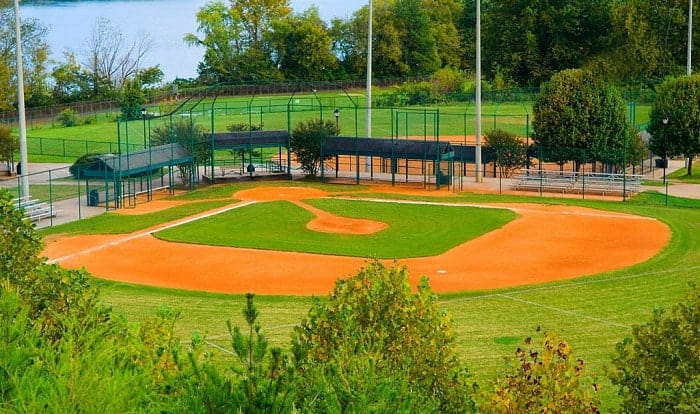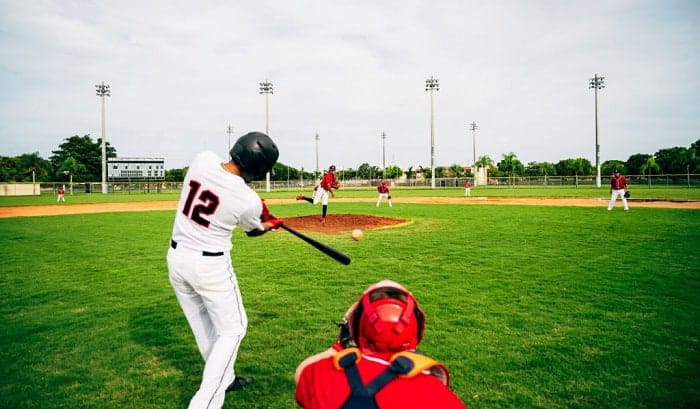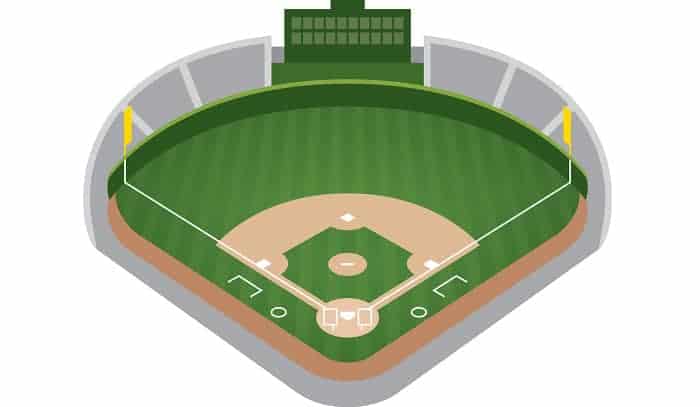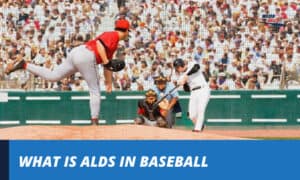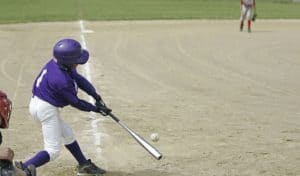If you are stepping into the realm of baseball for the first time, you may want to familiarize yourself with the general structure of the playing field. Among the essentials, you should know how many bases are on a baseball field.
In short, there are four bases on a baseball field, which are the first base, second base, third base, and home plate.
However, in order to get a fuller picture, it is best to join us in exploring the details of the baseball field in this article. Continue reading!
Contents
How Many Bases Are on a Baseball Field
1. Baseball Bases: Roles
Before we delve into distinct bases in baseball, it is important to revisit and make sure that we are acquainted with the basics.
To win a game of baseball, a team must score more runs than its opponent. Players will take turns hitting a ball that is thrown at them, then run around all the bases positioned in the field to score.
If the player is “outed” by a player from the opposing team, without one foot on a base, he or she is out. Players can be “outed” by the following means:
- Striking Out: If a player gets three strikes or foul balls before hitting, he or she is out.
- Flying Out: If a player hits the ball into the air and the opponent’s defense catches it, he or she is out.
- Force Out: If a player has to run to a base but reaches it after an opponent touches the base while holding the ball, he or she is out.
- Running Beyond Baselines: if a player runs out of the baseline for any reason, he or she is out.
- Interference: If a player interrupts a defensive play, such as by running in the throw path or bumping a player, he or she is out.
Ultimately, the team with the higher number of completed runs has the higher score and is the winner.
Thus, we realize that bases play a significant role in baseball.
Rules Around the Bases
- The runner-player of either team must touch each of the bases. If missed, he or she has to go back to touch the base and touch each of the bases on the way back.
- Two runner-players cannot be at the same base at the same time. Only the lead runner is safe if they are tagged by the opposing players.
- Between two bases, there is a straight line drawn, indicating the baseline. The field foul lines are the baseline between the home plate and first base as well as between the third base and home plate. Usually, a runner-player exceeding more than three feet of the baseline is called out.
2. Baseball Bases: Specifics
Now, more on these bases!
There are four of them on the field: first base, second base, third base, and home plate. They are spaced at 90 feet from each other and contours the outline of the field. So, what does the field look like?
If you have seen a baseball game in person or on TV, you will know that the baseball arena is shaped like a diamond. By this token, the field is also commonly referred to as the baseball diamond. Sometimes, it is also called the ball field.
The home plate is actually the plate that initiates action. It is a five-sided slab of rubber. According to official specifications by the MLB, there is one long 17-inch edge, two adjacent 8.5-inch edges, and two 12-inch edges that form a point.
This plate is grounded into the dirt so that it levels out with the surrounding soil. Its two rear edges are aligned with the right and left foul lines. In terms of appearance, the home plate is white with a black outline that is 1.9 inches in width.
You can recognize this base by identifying that the batter’s box is adjacent to each of the two 8.5-inch edges. Otherwise, you can also see that the point, created by the ends of the two 12-inch edges meeting, is one corner of the center field (~90ft).
There is also a backstop about 50 to 100 feet behind the home plate. It is set up as a wall to stop foul balls, wild pitches, and passed balls. This backstop consists of a solid lower part and a netted upper part to shield the audience sitting right behind it.
The other corners of the field are also marked with other rubber bases: first base, second base, and third base. The order of these bases is counterclockwise from the starting home plate. They are 15-inch squares, sometimes also made of canvas.
From the top looking down, you will be able to pinpoint that the bases cap off all the corners of the diamond field. Thus, they can be called baseball diamond bases.
First Base
This is the first base that a player must touch when running from the home plate after striking the baseball as far as possible. If he or she has not been tagged, it is plausible to continue running to the second base after touching the first with their feet. However, if the player is tagged before reaching second base or when trying to return to first base, he or she is out.
At first base, there is a first baseman, whose job is to catch the ball and secure a force out or tag out at first base. This means that the player is in charge of getting the ball to first base as soon as he or she can.
When recording defensive plays using the official numbering system, the first baseman is noted down as the number 3.
In addition to the official first base, some youth league games and creational matches can use another safety first base. This is also referred to as the double first place.
It is placed next to the original first base, dedicated to the runner-player so that there is space between the first baseman and runner-player. As a result, injuries are minimized. This base is typically orange to contrast with the conventional white base.
Second Base
This is the second base that runner-players must touch to complete a run. Like the first base, it is defended by the second baseman. It is also sometimes called the keystone sack or corner.
Once a player reaches second base, he or she is said to be in the “scoring position” where there is a higher chance to touch all bases and complete a run. This base is the farthest away from the first base. It is also where a lot of base stealing occurs.
Third Base
The third place is the second to last base that a runner-player must touch to complete a run and score. At this base, there is also a baseman, referred to as the third baseman and jotted down in records as the number 5. The estimated distance between this base and the first is 127ft.
Additional: Pitcher’s Plate
In the center of the diamond field, there is the pitcher’s mound. It is a slightly elevated ground area, nicknamed the hill. This position for pitchers is marked by the pitcher’s plate—a white rubber slab that is positioned about 18 inches behind the center of the mound. In detail, the top of the plate is limited to below 10 inches above the home plate. The pitcher uses this plate as leverage to push off and acquire favorable velocity.
To transition into the closing remarks, here is a video on the anatomy of a baseball base that you can watch at your discretion.
Conclusion
So, with that, you have reached the end of this article on how many bases are on a baseball field. Hopefully, you have picked up a lot of useful information.
If you have any follow-up questions or thoughts, feel free to let us know in the comments. We are always super delighted to hear from our readers. Also, do not hesitate to share this with your family, friends, or fellow baseball fans.
Read more: How big is a baseball field?

Five years as a baseball player, my training approaches with this game give me the motivation to inspire and support young players more. Like all sports, we should start with the desire to have fun and maintain our resilience to strive better at any competition. But, of course, some of us want to have some fun and train for better health. It does not matter what your initial purpose is; I believe that most people ever holding on to the baseball bat will fall in love with the games as I do.



